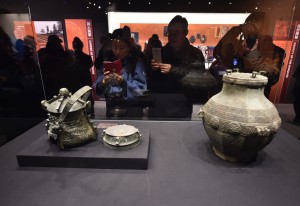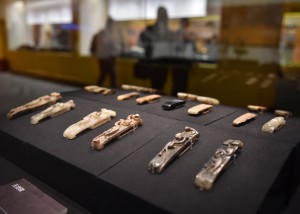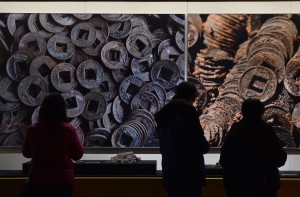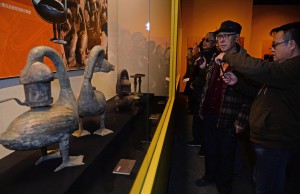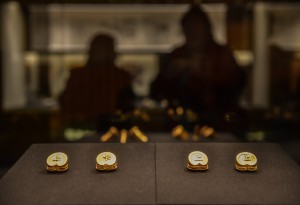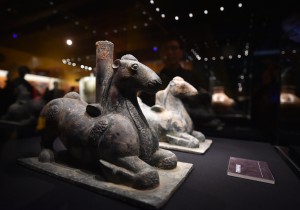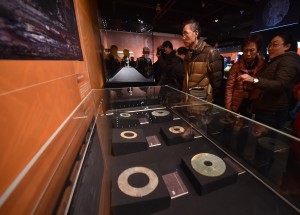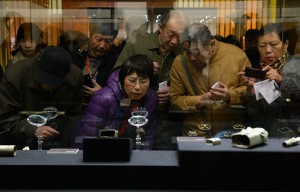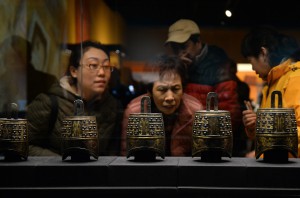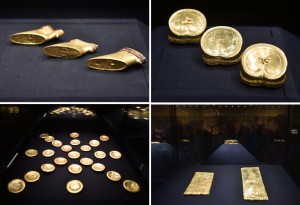by Maria Spiliopoulou
ATHENS, March 10 (Xinhua) — A decade after Greece and China forged a comprehensive strategic partnership, especially after the launch of China’s Belt and Road Initiative, their cooperation has progressed remarkably.
“Sino-Greek economic relations have been strengthened in recent years in several sectors: from bilateral trade and investments to cooperation in technology and research,” Christos Staikos, chairman of Enterprise Greece, a Greek investment promotion body, told Xinhua.
Staikos noted that Greece is a major spot in the context of the Belt and Road Initiative and that China is becoming one of the main strategic partners of Greece on the road to recovery.
“All these factors create a stable framework for the further improvement of bilateral trade and business cooperation,” Staikos stressed.
Bilateral trade increased 5.6 percent in 2014 and Chinese investment in Greece rose from 249 million euros (273 million U.S. dollars) in 2010 to 1.2 billion euros (1.3 billion dollars) in 2014, according to official Greek figures.
Quality Greek food products, as well as luxury products such as fur, jewelry and cosmetics are becoming more and more popular in China.
Enterprise Greece said the prospects are exceptional as Chinese consumers start to learn and trust the quality of Greek products and Greek companies.
In the field of investment, Staikos highlighted the development of the seaport of Piraeus, describing it as an entry point into Europe as it has been included in the Belt and Road Initiative.
“The investment creates prospects in areas such as logistics and shipbuilding in parallel with the interest Chinese companies have already demonstrated in tourism and real estate, energy, food and transport,” he said.
Furthermore, the Golden Visa program, under which with the purchase of real estate worth 250,000 euros (274,000 dollars), three generations (parents, children and grandchildren) get long-term residence permit in Greece and Schengen visa, has been embraced by Chinese families who would like to have a basis in Europe for leisure and business activities, the Greek official added.
Tourism presents similar opportunities, according to Enterprise Greece.
“Chinese respect the Greek civilization and discover the beauty of our country, visiting all tourist destinations throughout the year,” Staikos underlined.
Chinese tourist arrivals increased 70 percent year-on-year to 100,000 in 2014, according to official figures.
“Enterprise Greece in recent years is in systematic contact with Chinese companies, informing them of the potential of our country and enabling them to explore opportunities and make their next business steps,” said Staikos.
Piraeus Container Terminal, a subsidiary of China Ocean Shipping Group that manages Piers II and III at Piraeus, won an international tender for the acquisition of 67 percent stake in Piraeus Port Authority, which manages Pier I.
“I believe it is a positive development for the Greek economy, a key parameter in the Maritime Silk Road which enhances the strategic importance of Piraeus,” said Ioannis Tzoannos, an economic professor and former general secretary of the Greek shipping ministry.
The sea and the shipping industry was and remains the key element in the development of bilateral relations, and the Maritime Silk Road opened routes for trade and cultural contacts and stronger cooperation in more fields, Tzoannos stressed.
He urged Chinese investors to get more involved in the Sino-Greek cooperation, in particular in the maritime sector.
“As European banks are withdrawing from the shipping sector due to the crisis, in my view it is in the interests of China to get more involved. Risk taking is important in times of crises to find opportunities,” he said. Enditem
Editor Xuefei Chen Axelsson


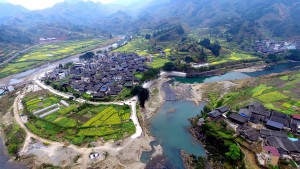
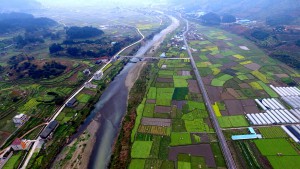
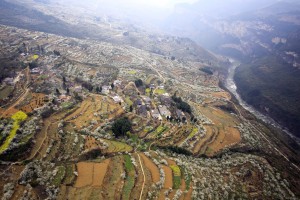

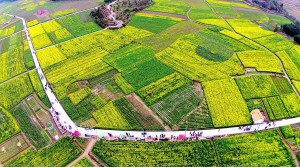
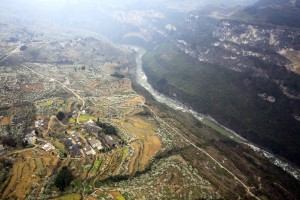
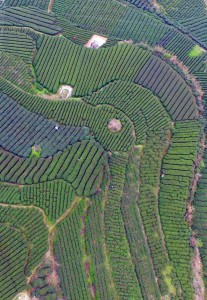
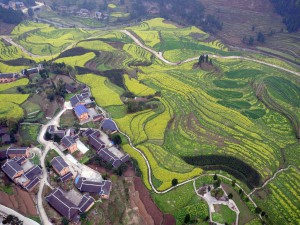

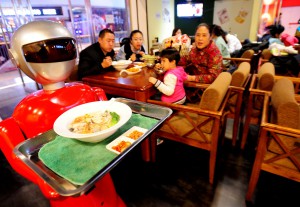

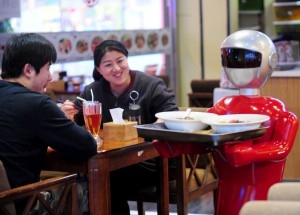

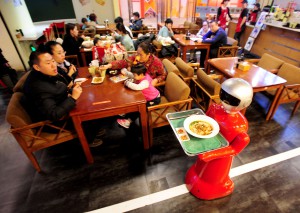

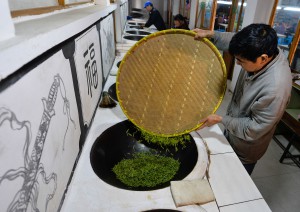
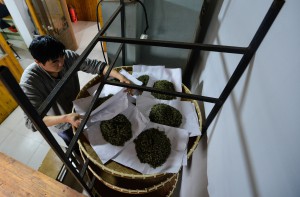
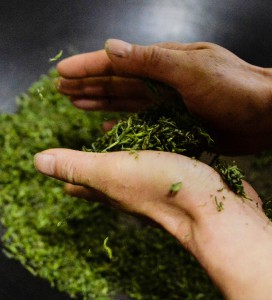
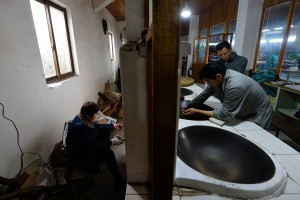
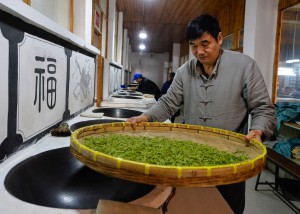
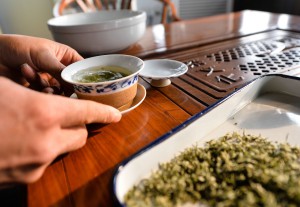
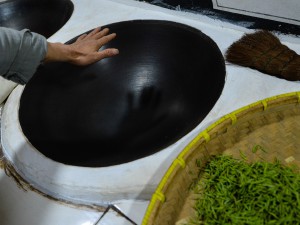
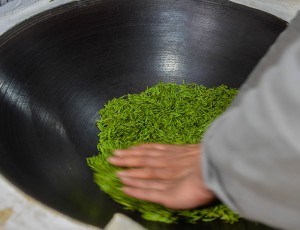
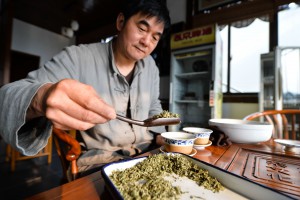



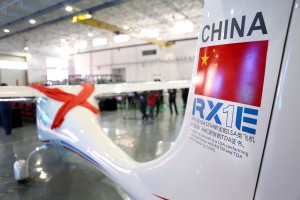


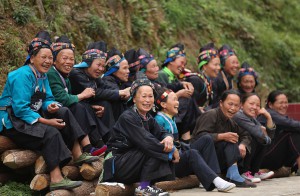
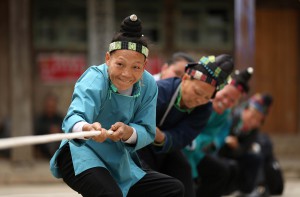

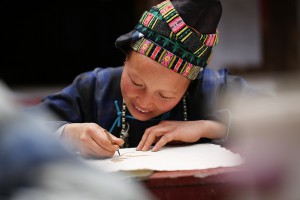
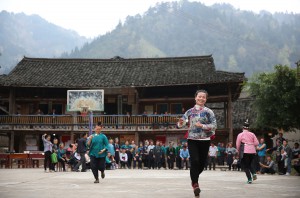
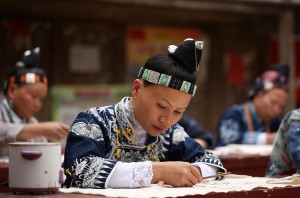

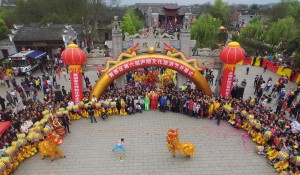
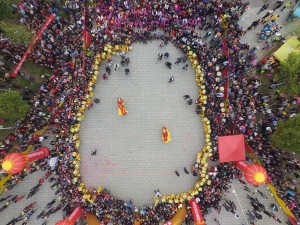

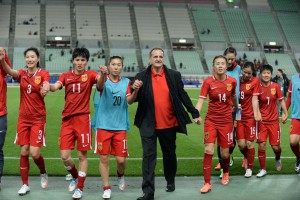
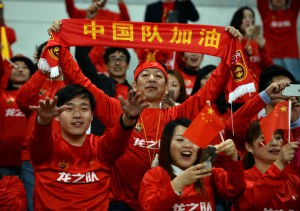

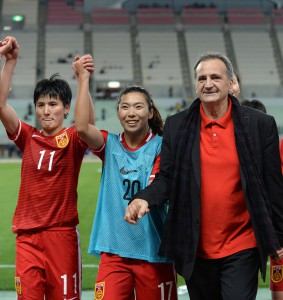
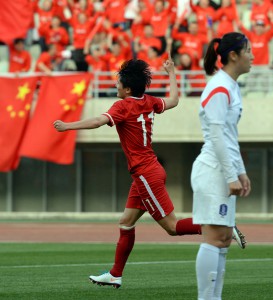
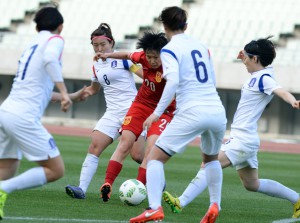
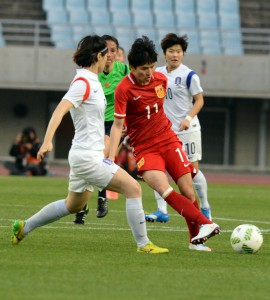


 新华社记者马平摄
新华社记者马平摄

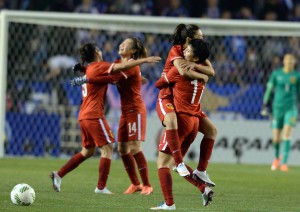

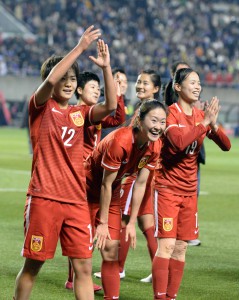



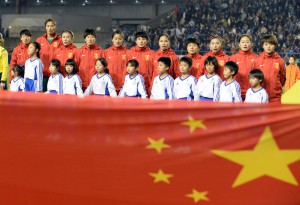
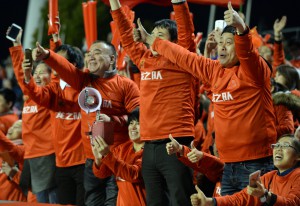
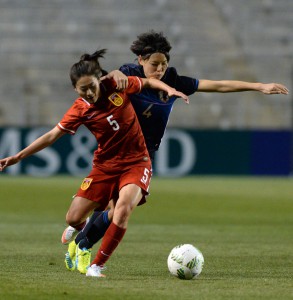

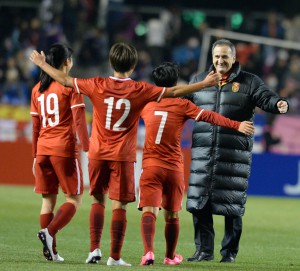 新华社记者马平摄
新华社记者马平摄
